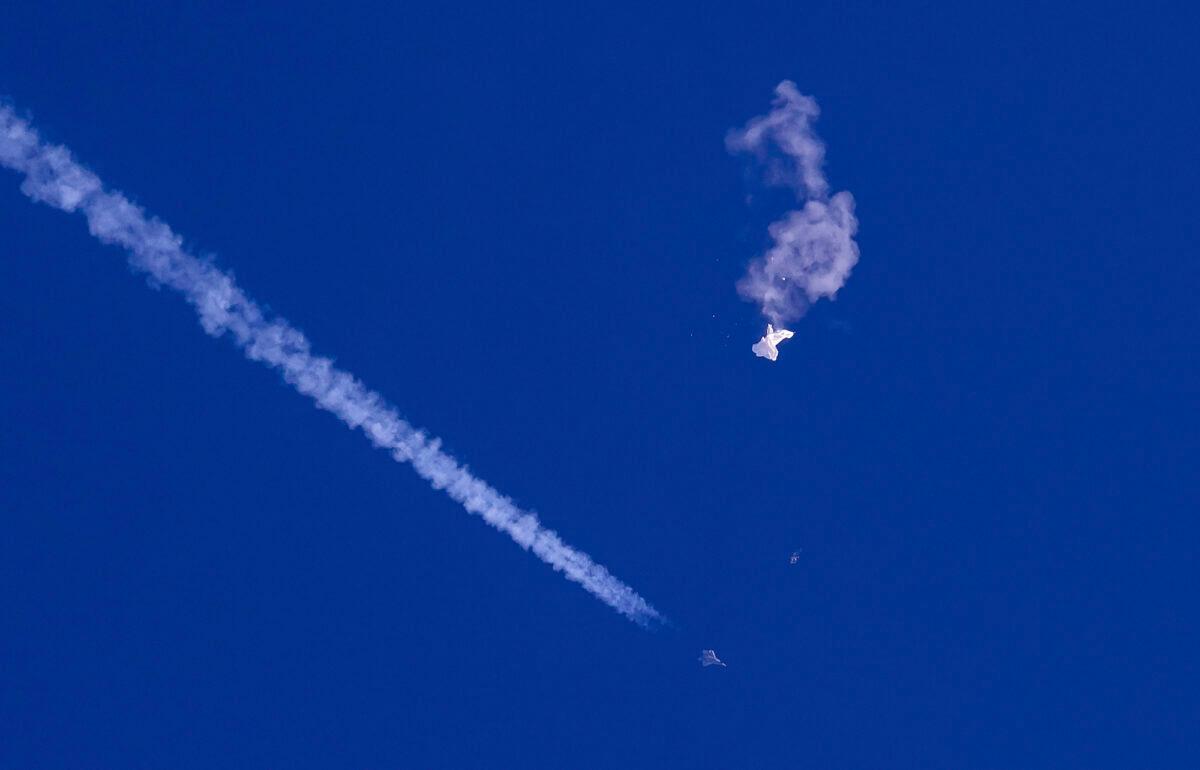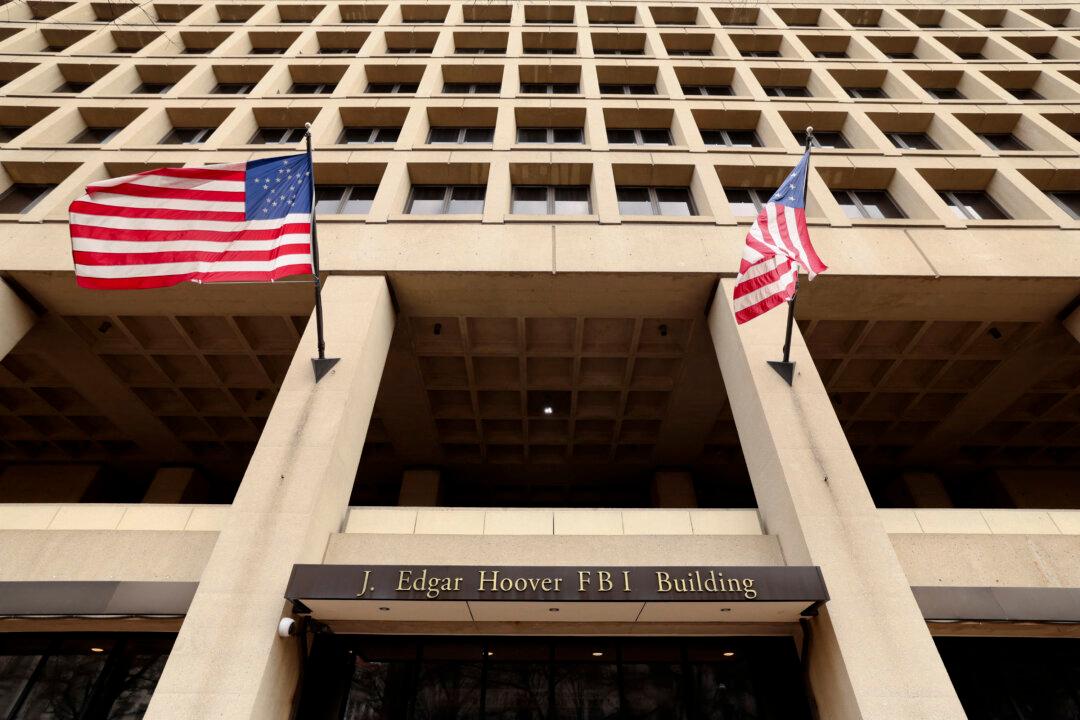Washington has said it won’t give back to Beijing the debris of China’s downed spy balloon while a senior Chinese official has called for the remnants of the vessel to be returned.
National Security Council spokesperson John Kirby said Monday that there are no plans to return to Beijing the debris of the downed balloon, which China claims was a “civilian airship” but that U.S. officials insist was a military spycraft.
“I know of no such intention of plans to return it,” Kirby said, adding that the U.S. military has recovered some of the debris and salvage efforts continue.
“They have recovered some remnants off the surface of the sea and weather conditions did not permit much undersea surveillance of the debris field,” he said.
U.S. Navy divers will “in the coming days be able to get down there and take a better look at what’s on the bottom of the ocean, but it’s just started,” Kirby added.
On the same day that Kirby said there were no plans to return the debris to Beijing, China’s ambassador to France, Lu Shaye, said in an interview with French news channel LCI, that the remnants of the vessel should be returned to China.
“If you pick up something on the street, you should return it to the owner, if you know who the owner is,” Shaye said, according to a transcript posted on the Chinese embassy’s official WeChat account on Wednesday.
Shaye added that if the United States doesn’t want to return it, “that’s their decision” but that this would amount to “dishonesty.”
Spy Balloon Shot Down
The spy balloon was first located on Feb. 1 floating over Montana, where it loitered over sensitive areas where nuclear warheads are kept in silos.Discovery of the balloon prompted a flurry of calls by lawmakers and others to shoot it down, with the U.S. military finally downing it on Feb. 4 off the coast of South Carolina using a single AIM-9X supersonic, heat-seeking, air-to-air missile.

The Chinese Communist Party (CCP) criticized the military strike on the object, claiming it was a “civilian airship” used for meteorological and other scientific purposes and that it had strayed into U.S. airspace “completely accidentally.”
Asked about whether China wanted the remnants of the vessel back, a spokesperson for China’s Foreign Ministry said during a press briefing Tuesday that “the airship does not belong to the U.S. It belongs to China.”
U.S. officials have flatly dismissed claims that the device was civilian, describing the balloon as a military spycraft with a device hanging from the bottom about the size of a small jet.
National security adviser Jake Sullivan said the United States would “exploit” any parts of the vessel or its payload that are recovered in order to learn more about its system.
First Photos of Spy Balloon Debris Released
On Monday evening, U.S. Northern Command (NORCOM) released the first photos of efforts to recover the balloon.Photos captured by U.S. military personnel show forces attempting to recover debris from the balloon on Sunday evening. A large piece of the balloon itself was seen being pulled onto a small boat by sailors.
NORCOM also released images of the F-22 that was used to shoot down the Chinese military craft. The Pentagon previously confirmed that the jet took off from Langley Air Force Base in Virginia to carry out the mission.


“The balloon assessment was up to 200 feet tall for the actual balloon,” Gen. Glen VanHerck told reporters, according to a transcript released by the Pentagon. “The payload itself, I would categorize that as a jet airliner type of size, maybe a regional jet such as [an] ERJ or something like that. Probably weighed in access of a couple thousand pounds.”


VanHerck then explained why the U.S. military did not shoot down the balloon when it was first discovered last month near Billings, Montana.
“Picture yourself with large debris weighing hundreds if not thousands of pounds falling out of the sky,” VanHerck said. “That’s really what we’re kind of talking about.”

The U.S. Coast Guard said Monday it was imposing a temporary security zone in the waters off Surfside Beach, South Carolina, in the area where the balloon was shot down.
Developments around the spy balloon have heightened U.S.-China tension and highlighted the fragile nature of their rivalry, which some fear could escalate into an outright war.
Paul Crespo, president of the Center for American Defense Studies, said that the trajectory of the balloon that was shot down by the U.S. military could “absolutely” suggest that China’s communist regime was conducting a dry run for an attack using balloon-mounted weapons.
Crespo warned that the regime could use high-altitude balloons to conduct electromagnetic pulse (EMP) attacks on vital U.S. bases and infrastructure.
“The biggest threat is sending one or more of these high altitude balloons over the U.S. with a small nuclear EMP device.”
EMPs are bursts of electromagnetic energy that disrupt communications and damage electronic equipment.





